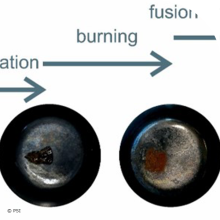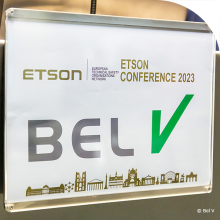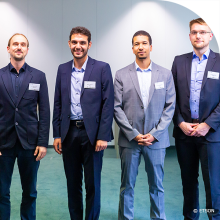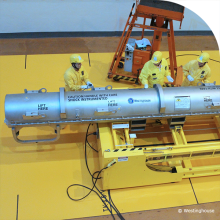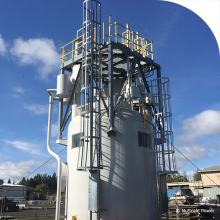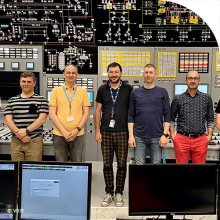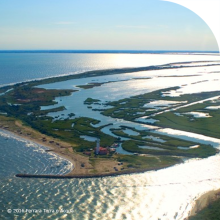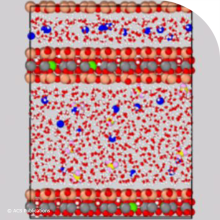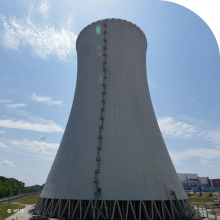News from ETSON and its members*
Chalk River Unidentified Deposits (CRUD) are dissolved and suspended solids, product of the corrosion of structural elements in water circuits of nuclear reactors.
The chemical composition of CRUD is variable as it depends on the composition of the reactor’s structural material, as well as the types of refueling cycles. Recent internal investigations have found unexpected but significant Si-amount in CRUD. The chemical composition of CRUD holds key information for an improved understanding of CRUD formation and possible impact in fuel reliability and contamination prevention.
The standard analytical methods available in the hot laboratory did not allow an easy quantitative determination of the Si-amount in CRUD. A new innovative procedure has been developed and tested with synthetic CRUD name Syntcrud.
The adapted flex-fusion digestion method presented here is able to provide reliable concentrations of several elements within CRUD, including Si, which was not possible in methods used previously for ICPMS measurement.
An ETSON Conference was held on 11 and 12 October 2023 in Brussels, Belgium. Bel V hosted this 2023 edition.
There were about 5O participants from different European TSOs, as well as representation on behalf of the Japanese TSO NRA.
In 2023, four teams participated in the final phase. A Science slam was organized At BEL V in Brussels by the "Junior Staff Program" on October 11th.
Jožef Stefan Institute, as one of the TSO organizations in Slovenia, is currently involved in support of the Slovenian Nuclear Safety Administration activities during the unplanned Krško Nuclear Power plant outage.
This autumn marked a significant event in the field of nuclear energy, not only for Ukraine but also globally. Ukraine was the first country to load Westinghouse nuclear fuel into a VVER-440 reactor at one of its NPPs. Until now, Ukrainian reactors of this type used only russian fuel. Thus, Ukraine has become the first nation to achieve independence from russia in the supply of fresh nuclear fuel for operating VVER-1000 and VVER-440 Soviet-era reactors.
Since the early 2000s, there has been a significant increase in the number of innovative reactor designs worldwide. These designs are based on unique solutions and approaches not yet seen in operating nuclear power plants nor previously used in the nuclear energy sector.
VUJE implemented several changes to the thermohydraulic model, delivered code for severe accident and two new 3rd party systems.
The aim of the ongoing project is to make the FSS more representative and in line with the real control room.
Sacca di Goro, in the Adriatic Sea (north of Italy), is one of the areas affected by widespread radioisotope contamination after the Chernobyl accident. A campaign was recently conducted in its lagoon to verify the current status of some radionuclides such as 137Cs, 40K, 238U, 232Th and 226Ra in sediments.
Various gases are produced by metal corrosion and organic material degradation in deep gelological repository for nuclear waste. To ensure repository safety, it's important to demonstrate that gases can be dissipated by diffusion in host rocks and prevent pressure buildup in repository near field. Smectite mineral particles form a pore network that is usually saturated with water, making gas diffusion the primary transport mechanism.
The plans for a new NPP in Slovakia are manged by the company JESS. The first milestone for reaching this aim is to obtain a siting permit for this new NPP.
Pagination
Stay informed - subscribe to our newsletter.
Copyright · All rights reserved












